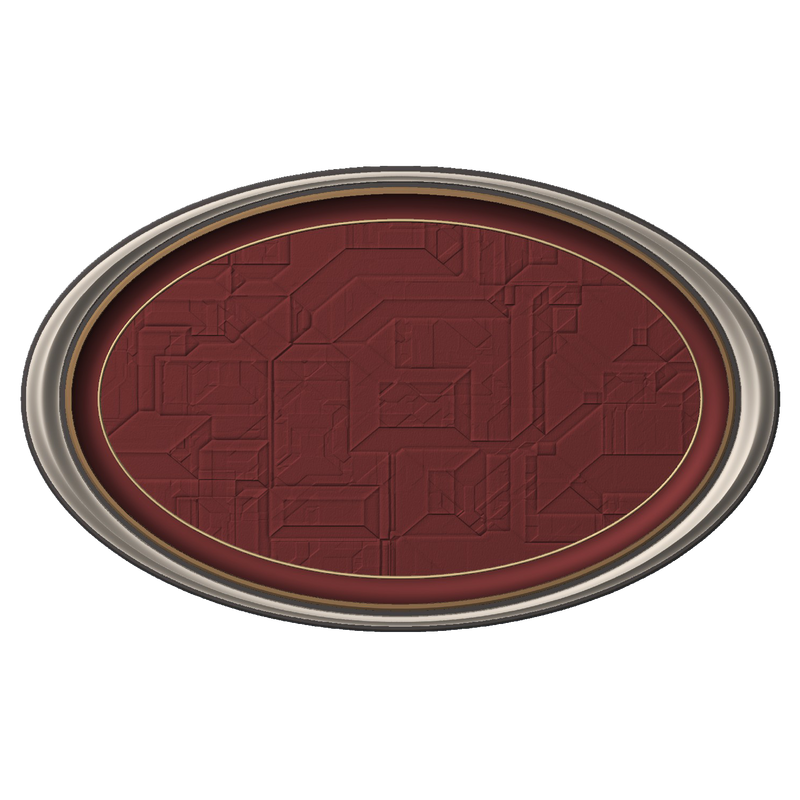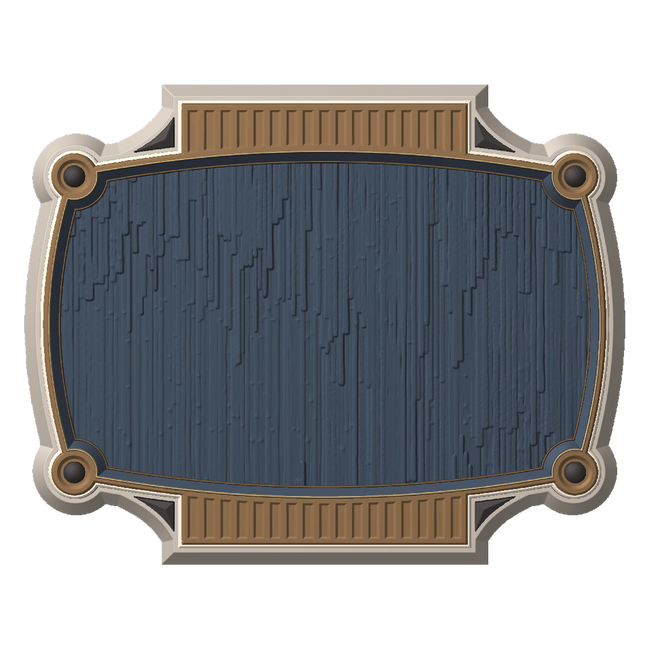Introduction
A well-designed double-sided blade sign can completely transform how your storefront interacts with the street. Mounted perpendicular to the building façade, these signs stand out along sidewalks and narrow roads, helping potential customers notice your business even from a distance.
But while design, lighting, and materials all matter, height is the single most critical factor affecting a blade sign’s visibility and effectiveness. Hang it too high, and people walking by may never look up. Too low, and you risk blocking pedestrian paths or violating local codes. The right height determines how comfortably your sign catches attention and stays compliant with city regulations.
So, what’s the perfect mounting height for your double-sided blade sign — and what factors influence that decision?
Let’s explore the principles professionals use when determining optimal sign height.
What Height Should You Hang a Double-Sided Blade Sign?
For most commercial storefronts, a double-sided blade sign should be installed between 8 and 12 feet above ground level. This range allows your sign to remain clearly visible to pedestrians and passing vehicles while maintaining safe clearance.
However, determining the right height isn’t just about following a number. The most successful blade signs are positioned using a balance of architectural proportion, visibility zones, and legal requirements.
Below is a breakdown of the most important considerations:
1. Pedestrian Clearance
Safety always comes first. Most cities in the US require a minimum clearance of 7 to 8 feet from the sidewalk to the bottom edge of any projecting sign. This ensures that even taller pedestrians can walk safely beneath it and that mobility devices, such as wheelchairs or strollers, have unobstructed access.
From a design standpoint, this clearance also places your sign close to average eye level, making it naturally noticeable to people walking by. A sign mounted too high feels disconnected from the storefront it represents, while one hung too low risks creating visual clutter or physical obstruction.
Ideal Range:
-
Urban storefronts: 8–9 feet from ground to bottom edge.
-
Low-ceilinged awnings or entries: minimum 7 feet clearance.
2. Vehicle Visibility
If your storefront faces a street with vehicle traffic, your sign’s height must also account for drivers’ line of sight. Mounting a double-sided blade sign between 10 and 12 feet high typically keeps it visible above parked cars but below overhangs, awnings, or tree canopies.
This height helps drivers spot your sign early enough to react — whether they’re looking for parking or scanning for your business name while passing by.
Quick Tip:
If your shop is on a busy road rather than a walkable shopping strip, consider slightly increasing your mounting height to stay visible over traffic congestion or street furniture.
3. Building Height and Proportion
Your blade sign should look balanced and proportional against your building’s façade. The height placement should complement architectural features, not fight them.
-
Single-story storefronts: Typically, the ideal mount is 8–9 feet high, aligning with the top of windows or doors.
-
Two-story or taller buildings: Signs can rise to 12–14 feet, following window lines or decorative cornices for visual harmony.
-
Historic façades: Try to place your sign below the second-story windowsill, maintaining proportion while respecting original architectural details.
Mounting height should feel intentional — not arbitrary. A sign aligned with key architectural lines creates a cohesive visual rhythm that enhances curb appeal.

4. Obstructions and Sightlines
A common mistake is mounting a blade sign in a technically “correct” height range but behind a physical obstruction. Anything from tree branches to light poles or nearby awnings can block part of your sign from certain viewing angles.
When assessing placement, step back across the street and observe your storefront from multiple directions. The goal is for both sides of the sign to be fully visible from all key approach points — typically 20–40 feet away from the entrance.
Avoid:
-
Overlapping with building columns or trim.
-
Blocking architectural features like lighting sconces or ventilation covers.
-
Aligning the sign directly in front of another business’s signage or projection.
In dense retail streets, even small shifts of a few inches in placement can drastically improve visibility.
5. Local Signage Codes and Regulations
Every municipality has its own rules about how high and how far a projecting sign can extend from a building. These are often based on safety and historical aesthetic concerns.
Typical US standards include:
-
Minimum height above sidewalk: 7–8 feet.
-
Maximum height above grade: 12–15 feet.
-
Maximum projection from wall: 3–4 feet.
-
Illumination limits: Some cities restrict how bright or high illuminated signs can be installed.
Historic districts, in particular, tend to be strict. They may require you to use specific bracket styles or mount heights to maintain the area’s visual consistency.
Before installation:
Always check your city’s sign code or contact a local signage professional familiar with your area’s regulations. Noncompliance can result in fines or mandatory removal — both of which are avoidable with proper planning.
6. Combining All Factors for the Perfect Height
Finding the ideal blade sign height isn’t just about safety compliance or visual balance; it’s about maximizing visibility in the real environment your business operates in.
Example Scenario:
A coffee shop on a narrow pedestrian street might mount their sign at 8.5 feet, keeping it at eye level for passing foot traffic. A restaurant on a wider, car-accessible street might install theirs at 11 feet, ensuring drivers can see it clearly above parked vehicles.
Key takeaway:
Your blade sign should feel like a natural extension of your storefront — neither too high to notice nor too low to interfere.
FAQs (Frequently Asked Questions)
Q1: Why Is Blade Sign Height So Critical for Visibility?
The height dictates the distance from which your sign can be seen and how easily it fits into people’s natural line of sight. The right height ensures your sign attracts both pedestrians and drivers without blending into visual noise or being obstructed by awnings or cars.
Q2: Do All Cities Have the Same Rules for Sign Height?
No, regulations vary widely. Some cities set strict limits on maximum projection and minimum clearance. Others have flexible standards but may impose restrictions in historic or residential zones. Always verify local codes before finalizing your design.
Q3: What Happens if I Hang My Blade Sign Too Low?
Signs mounted too low can pose safety hazards, violate accessibility requirements, and potentially block entryways or windows. Low placement can also make your sign less noticeable in crowded urban environments where sightlines are limited.
Q4: How Does the Type of Business Affect Ideal Sign Height?
Retail stores often benefit from slightly lower blade signs that attract pedestrian attention, while service-based or restaurant businesses may need higher visibility for vehicular traffic. The more walkable your location, the lower your optimal mounting height tends to be.
Q5: Should Lighting Affect My Blade Sign Height?
Absolutely. If your blade sign is illuminated, placement affects how evenly the light spreads and how much glare is visible from below. Mounting too high can reduce lighting impact, while too low may cause unwanted light spill on pedestrians.
Q6: Can Professional Installers Help Determine the Right Height?
Yes. A professional sign installer or sign design company can assess your storefront, traffic flow, and municipal codes to determine the precise height and bracket positioning for maximum safety and exposure. Their experience ensures your installation is compliant, level, and visually balanced.
Conclusion
Getting the height right on a double-sided blade sign is a precise blend of art, engineering, and compliance. Between 8 and 12 feet remains the golden range for most installations — but your exact placement depends on street conditions, building style, and local regulations.
A well-positioned blade sign can define how customers discover your business, while an incorrectly placed one might be overlooked entirely.
Before installation, take time to evaluate sightlines, measure pedestrian clearances, and consult professionals who understand both design and compliance. The right height doesn’t just make your sign visible, it makes your business impossible to miss.
Getting high-quality 3D carved signs has never been this easy! We use only the highest quality material and paint finishes available for unmatched elegance and longevity. Check out Carved Signs and our outstanding sign collection. Just pick your style and customize it - we do the rest! Feel free to contact us online or call us at +1 (970)-455-8443.




